Karlskrona
Karlskrona (UK: , US: , Swedish: [kaɭsˈkrûːna] ) is a locality and the seat of Karlskrona Municipality, Blekinge County, Sweden with a population of 66,675 in 2018. It is also the capital of Blekinge County. Karlskrona is known as Sweden's only baroque city and is host to Sweden's largest naval base and the headquarters of the Swedish Coast Guard.
Historically, the city has been home to a German minority, thus enabling the formation of a German Congregational church. It also counted Jewish people in its population.
In 1998, parts of the city, including the Karlskrona naval base, was declared a UNESCO World Heritage Site.
 The ruins of Lyckeby Castle in northeastern Karlskrona.
The ruins of Lyckeby Castle in northeastern Karlskrona.Under Danish rule, the island on which Karlskrona was built, Trossö, was used chiefly for farming and grazing. During the 16th century, it was owned by the farmer Offe Månsson. A couple of kilometers away on the mainland there was another, older town called Lyckeby or Lyckå (today a city district of Karlskrona). In 1599, King Christian IV of Denmark founded a new town, Kristianopel, a little further away. Lyckeby lost its town privileges which were transferred to the new town, and Lyckeby Castle was torn down.
At the Treaty of Roskilde in 1658 during the Second Northern War, Blekinge fell under Swedish rule. In the subsequent years, the Swedish government developed plans to relocate most of the Royal Swedish Navy from the Stockholm area to a more southernly location. At the time Sweden was the dominant military power in the Baltic Sea region, but needed a better strategic location for its navy, as the Swedish fleet tended to get stuck in the ice during winter while located close to Stockholm. It was therefore decided to move it to an ice-free location in the newly conquered province, which also offered a very strategic position against Denmark, and with short sailing distances to Sweden's German and Baltic provinces.
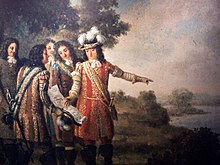 Painting showing the Swedish King Charles XI pointing out the place for "Carls-Croona".
Painting showing the Swedish King Charles XI pointing out the place for "Carls-Croona".It was decided to base most of the kingdom's fleet on Trossö where a new naval base and city was to be constructed. The location was strategically advantageous on an island in the archipelago with control over the link to the mainland and surrounded by islets where fortifications were erected to protect the naval base. Until 1679, the island and the nearby islets were owned by the farmer Vittus Andersson; he was now forced to sell his properties to the Swedish crown. The same year work on relocating the navy from the Stockholm area to Trossö begun.
The city itself was founded on 10 August 1680.[1] The city's name means Karl's Crown in honour of King Karl XI of Sweden, the name being inspired by the name of the older city of Landskrona in Scania.[2][3] The nearby town of Ronneby was dissolved as a town and its population forced to move to Karlskrona which benefited from several years of customs freedom. Shipbuilders for the shipyards of the new naval base were brought in from Ostrobothnia and Stockholm.
 Karlskrona c. 1700. From Suecia antiqua et hodierna.
Karlskrona c. 1700. From Suecia antiqua et hodierna. Historic Map
Historic MapIn 1682, bridges were built that connected the city center with the mainland. The first city plan, drawn up in 1683 by Erik Dahlbergh, Hans Wachtmeister and Carl Magnus Stuart, shows Karlskrona as a pure fortress. The 1694 plan by Erik Dahlberg, which was later followed, also provided space for urban development.[4] The city grew quickly and by 1750 Karlskrona had about 10,000 inhabitants. It was then one of the biggest cities in the country and soon became the kingdom's third largest city, after Riga and Stockholm. Most of the baroque buildings from this era are still standing, which is why the city centre is architecturally uniform.
The shipyard in Karlskrona was established almost at the same time as the city. It was a necessity because of the heavy losses the Swedish navy had suffered in 1659. In 1711, the shipyard was Sweden's largest industrial employer with 1,100 workers. The oldest dock, the Polhem dock, is cut in the cliff itself and is still in use. It got its name from Christopher Polhem ("The Swedish da Vinci", a famous scientist with several inventions still in use). There is also a historical rope making factory, Repslagarbanan, that is now open for guided tour.
Karlskrona developed rapidly, but in the early 18th century stagnation occurred due to war and plagues. 1701 — 1711 died about 7,000 people when the plague struck the city. In 1741 and 1789, the city was again hit by plagues, each claiming 6,000 lives.[4]
When Karlskrona, as a military-closed port city, slowly withered away in step with the Swedish great power, the growth slowed, with the city losing much of its former glory, but it has nevertheless retained its position as a strong naval base. That Karlskrona was intended as a future capital of a great power is noticeable mainly in its central parts where Stortorget follows the ideals of the time for what Europe's great power cities would look like. With its large open piazza where the church, town hall and state administration are located in the outer edges of the square, it follows the baroque pattern. The number of churches and state administration castles also shows the city's intended task. The large military area and the shipyard show that Karlskrona, as the kingdom's southern gate, was long considered a very important city to defend. Even today, operations are conducted at Karlskronavarvet. Karlskrona was thus intended to take over Stockholm's place as the kingdom's capital, but these plans were never realized.
During the years 1910 — 1949, there was electric tram traffic from Amiralitetsgatan in the south to Bergåsa in the north.[5]
The city has kept its street structure since its foundation. Since the streets all follow a grid pattern the winds can blow freely from the sea right into the heart of the city.
Parts of the city (mainly the Naval Port) have been declared a UNESCO World Heritage Site.[6]
In October 1981 the Whiskey-class Soviet submarine S-363 (known as "U137" in Sweden) ran aground in the archipelago near Sturkö just outside Karlskrona. The media characterized it as the "Whiskey on the Rocks" affair. The incident caused a temporary rise in tensions between Sweden and the Soviet Union. While the submarine's grounding was inadvertent, and likely the result of inebriation among the crew, the submarine almost certainly was engaged in an unspecified covert mission at the time.


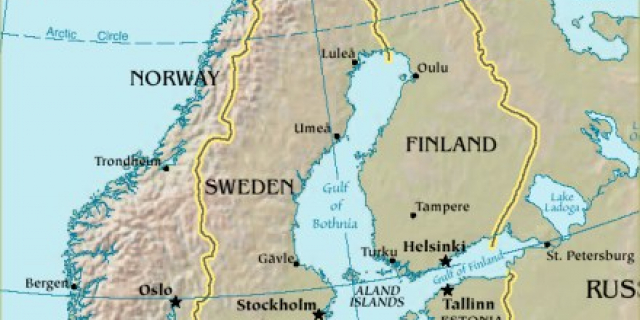

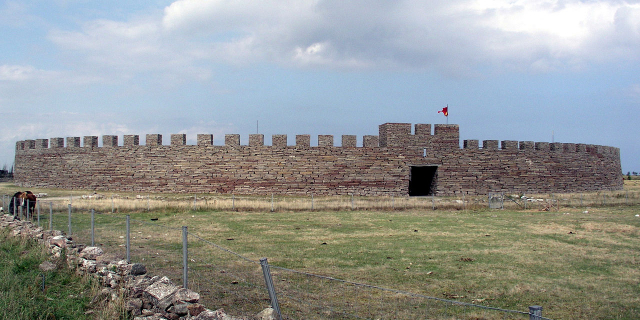





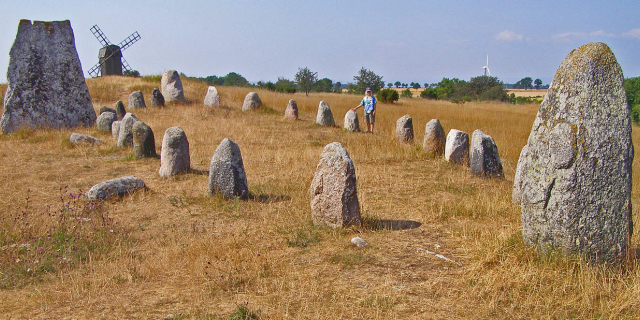

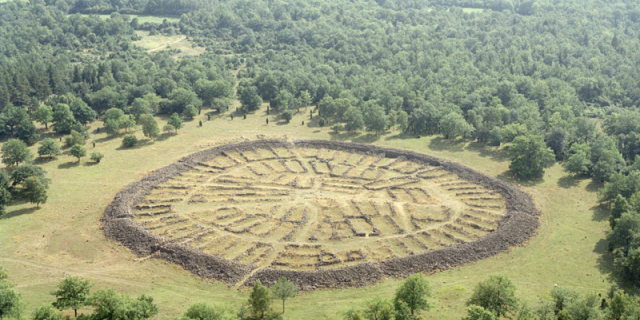



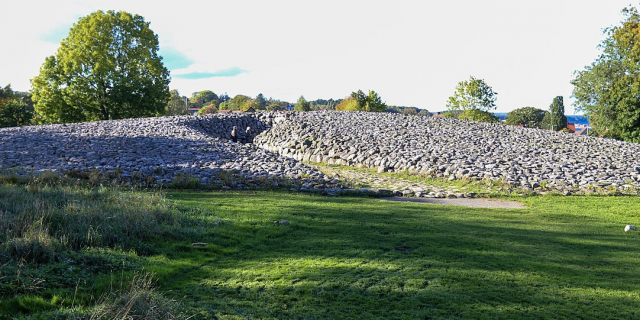
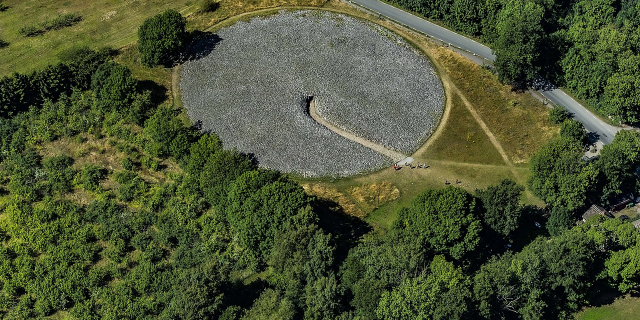



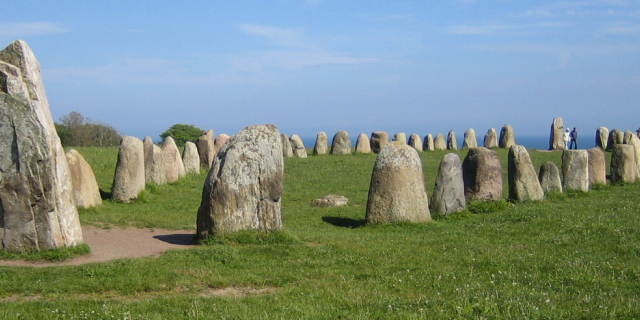




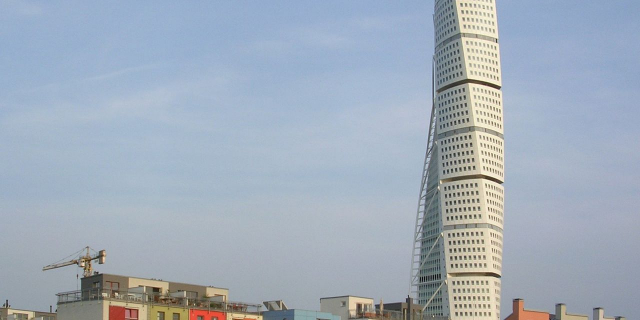






Add new comment